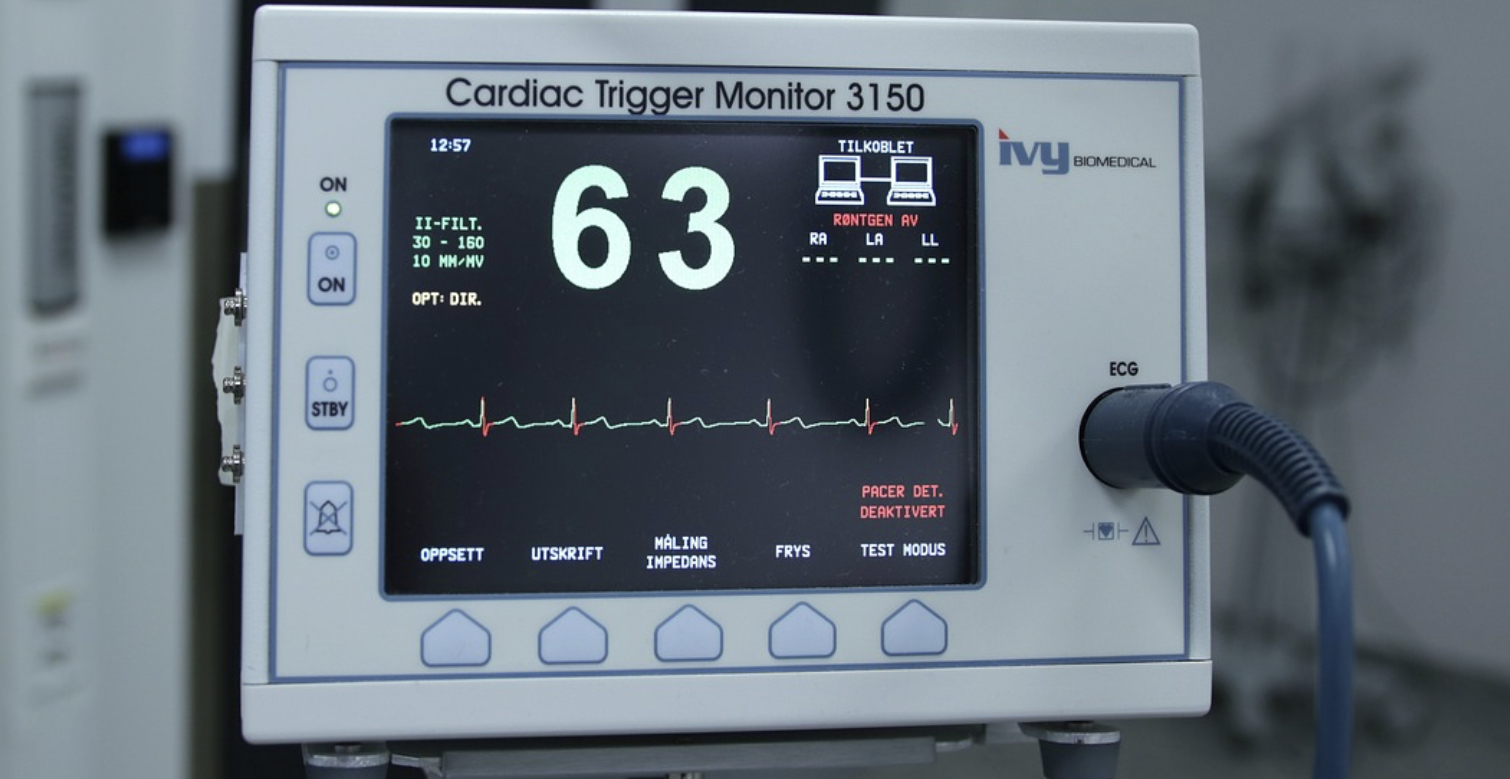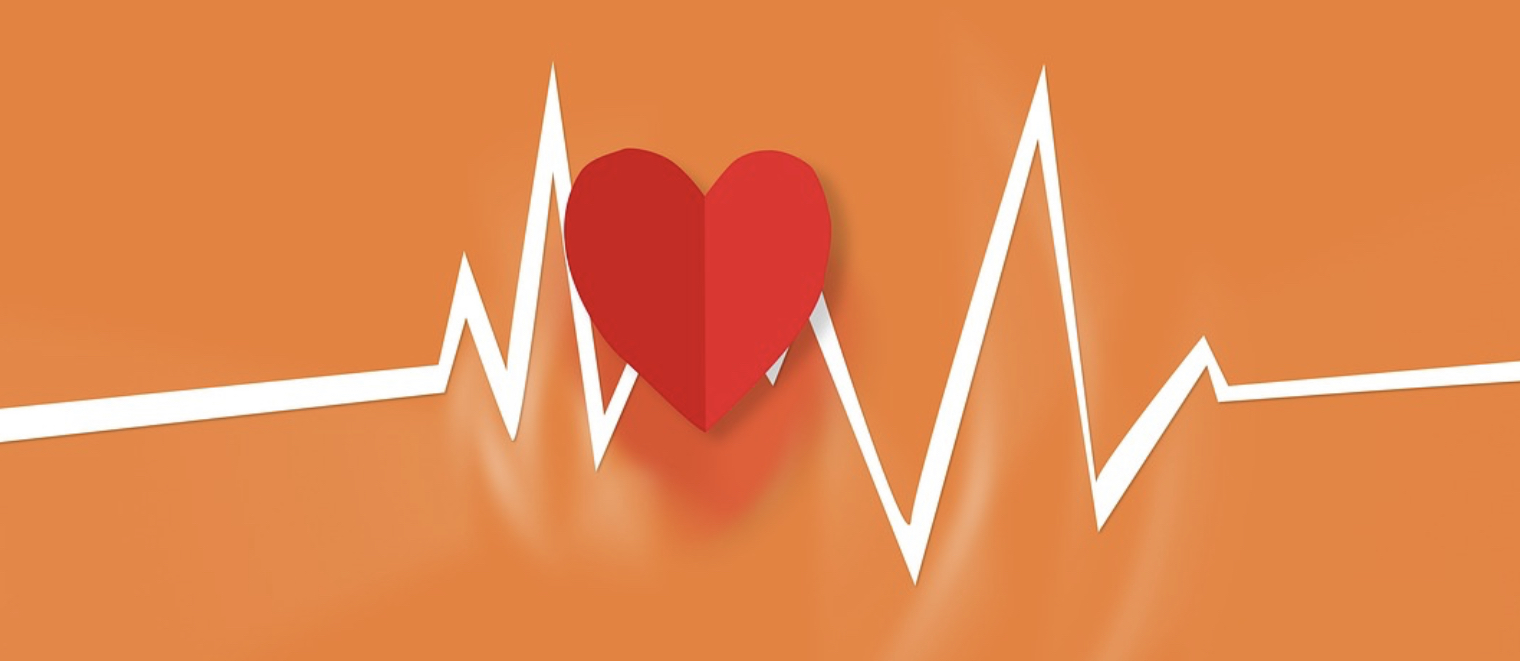
Why do cyclists have low heart rates? Cyclists are often known for having lower resting heart rates and lower heart rates during exercise compared to non-athletes.
There are a few reasons why this is the case:
- Increased stroke volume: Cycling regularly increases the strength and efficiency of the heart, allowing it to pump more blood with each beat. This means that the heart doesn’t need to beat as frequently to supply the body with the same amount of oxygen and nutrients.
- Increased efficiency: Cycling also improves the efficiency of the cardiovascular system as a whole, including the lungs and blood vessels. This means that the body is able to extract more oxygen from each breath and transport it more efficiently throughout the body, reducing the need for the heart to work harder.
- Training adaptations: Cyclists who train at high intensities regularly may experience training adaptations that lead to a lower resting heart rate, including increased vagal tone, increased parasympathetic tone, and increased stroke volume.
It’s important to note that not all cyclists will have lower heart rates, and individual factors such as age, genetics, and training history can also play a role in heart rate variability.
More about heart rate and cycling:







